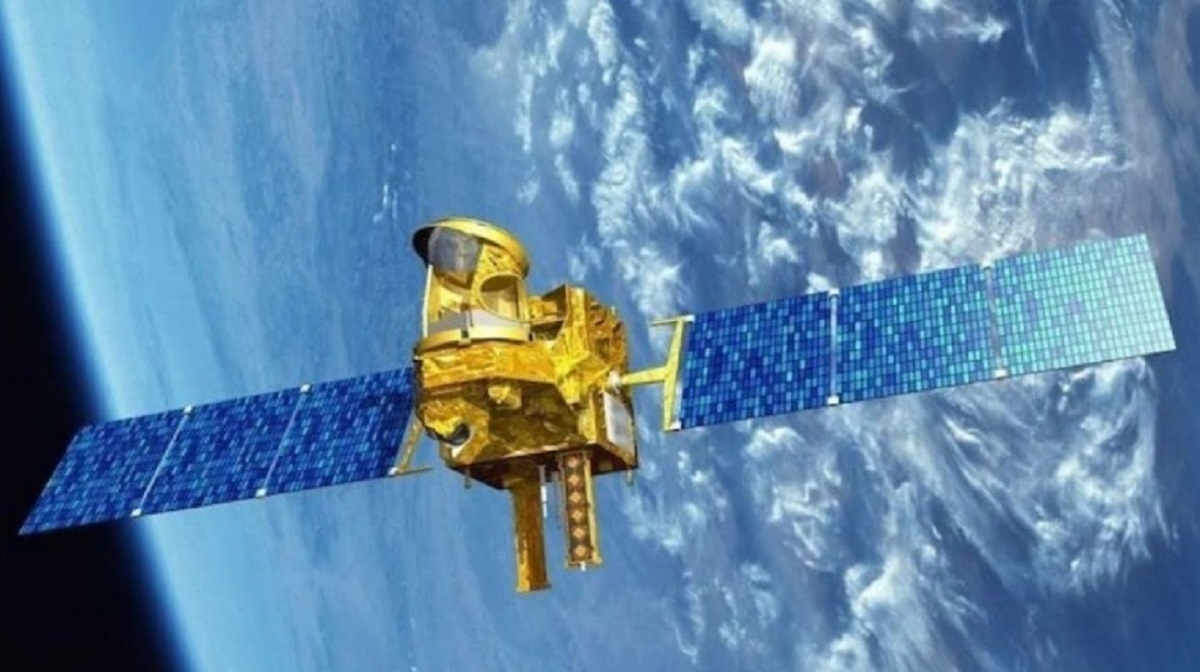Eyes In The Sky: ISRO's RISAT-1B To Boost Border Surveillance Against Infiltration Even During Bad Weather
21 May 2025 15:11:45

New Delhi: The Indian Space Research Organisation (ISRO) is set to
launch the all-weather RISAT-1B radar imaging satellite from SatishDhawan Space
Centre in Sriharikota on May 18, 2025. Launched aboard the PSLV-C61, the
satellite—also known as EOS-09—will boost India's border surveillance
capabilities for national security.
Equipped with a state-of-the-art C-band synthetic aperture radar (SAR),
the ISRO satellite will be able to capture high-resolution images of the
Earth’s surface, regardless even during night and under adverse weather
conditions like rain, fog, and clouds.
While optical cameras struggle to record images during night or when the
weather turns bad, the SAR system overcomes these problems, continuing to
provide round-the-clock imaging for both military and civilian applications,
such as agriculture, forestry, soil moisture monitoring, geology, and keeping
track of floods. The satellite features five distinct imaging modes, ranging
from ultra-high-resolution imaging, capable of detecting small objects, to
broader scans for large-area observation.
Coming just days after Operation Sindoor, RISAT-1B launch assumes great
significance as it will give defence forces a vital edge in monitoring India's
sensitive borders along Pakistan and China. Experts claim that the satellite
will also offer better monitoring of India's vast coastlines and help track
enemy movements, detect infiltrations, and support anti-terrorism operations.
The high-resolution radar images can detect even minor changes, such as
fresh soil disturbances due to the movement of military equipment, new
encampments, or vehicular movement, which conventional surveillance might miss.
It is expected to play a key role in anti-terrorist operations as it can more
accurately pick up suspicious movements on the ground during infiltration
attempts across the border.
The RISAT-1B is an advanced version of the existing RISAT series of
satellites that have been used in operations such as the Balakot strikes.
Similar in configuration to RISAT-1, the new satellite is a further
advancement, which will also complement data from other satellites, such as the
Resourcesat, Cartosat, and RISAT-2B Series—building a comprehensive Earth
observation network.